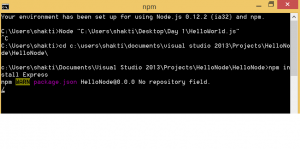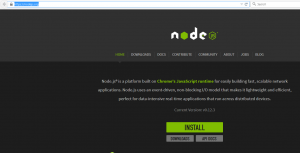How to Keep Node Updated
To update installed node package
1.) Delete nodejs folder from C:\Program Files (x86)\nodejs or location where its installed
2.) Download latest installer from https://nodejs.org/en/download/ and reinstall
To Update angular command line interface
npm uninstall -g angular-cli
npm cache clean
npm install -g angular-cli@latest


